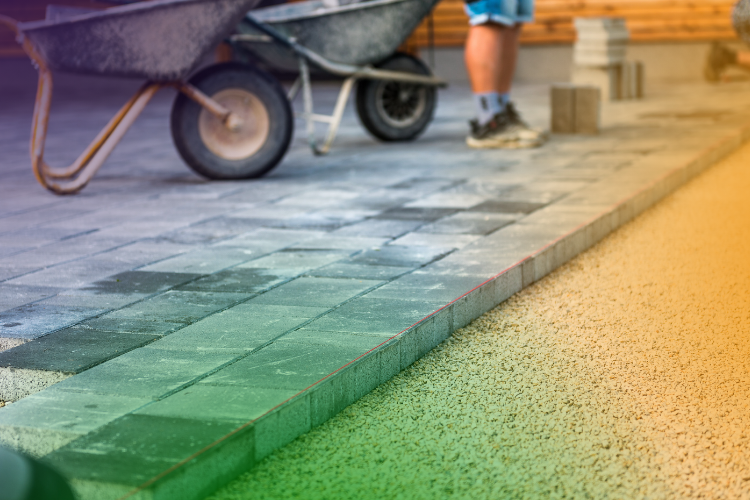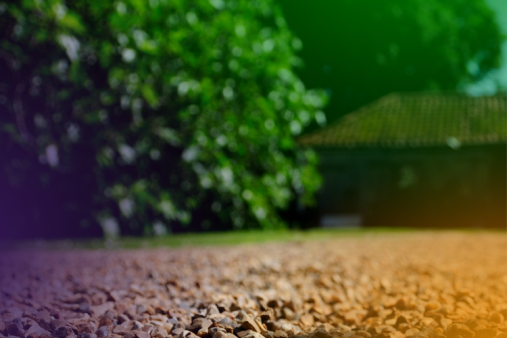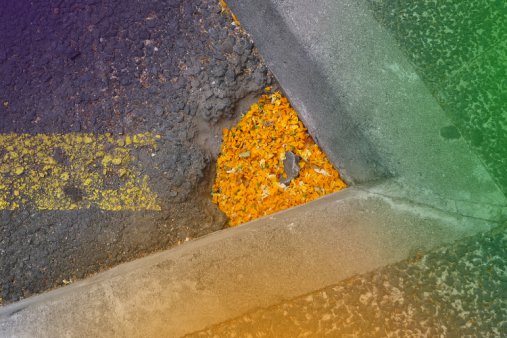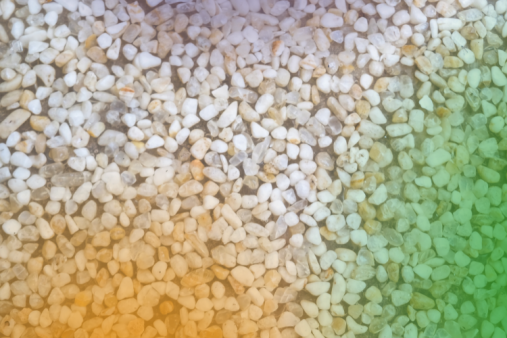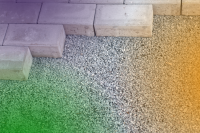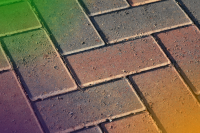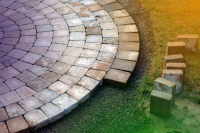A smart driveway makes a great first impression for your property and can transform and very average front garden into something outstanding.
Whether you’re upgrading a property with a view to increasing its value to sell, or just to make general improvements, there are many different ways of upgrading the driveway.
Two of the most common surfaces are block paving and pattern imprinted concrete, and each has different advantages and disadvantages.
Concrete Block Paving Advantages & Disadvantages
Concrete block paving as the name suggests is constructed of lots of separate blocks which are arranged in a pattern of the homeowner’s choosing.
One of the main benefits of concrete block paving (CBP) is that the blocks are sold in a wide range of shapes, colours and finishes which enables the homeowner to choose something to suit them perfectly.
It also means that builders can combine different finishes and colours of bricks if desired.
Block paving is very hard wearing and durable, and assuming it is installed correctly, can last for decades.
As there are small gaps between the individual blocks this allows water to flow away and stop it from pooling on the driveway.
The main disadvantages of CBP are that it can be tricky to install, so it is important to use a contractor who has experience.
Preparation of the surface is the most important aspect of the job, and if the preparation is not done correctly, the paving can become uneven.
Block paving can also be expensive, and depending on your property and the amount or preparation which needs to be done, can cost between £50 and £70 per square metre.
Pattern Imprinted Concrete as an Alternative to CBP
The main alternative to conventional block paving is a surface known as pattern imprinted concrete (PIC).
This is a clever technique whereby a layer of concrete is poured onto the driveway and then a design is printed onto the surface using large blocks.
Advantages
When dry, the appearance is very similar to block paving, and again the homeowner has a large degree of flexibility to get a design which works well for them and for their home.
Another advantage is that concrete driveways of this type are quicker to pour, and often cheaper too at a price between £25 and £100 per square metre.
Disadvantages
The disadvantages of PIC are that unless installed by a professional, the end result can appear inferior to block paving.
“Printing” the surface of the concrete with the required design is a skilled job, and the printing blocks have to be aligned perfectly.
Concrete surfaces are more likely to crack than paving, and can be tricky to repair.
Drainage can also be an issue as rainwater cannot escape between the blocks.
Remember also that if you have pipes or cables running under your driveway, accessing them is a much more difficult task than lifting some blocks.
Which is The Better Option?
Concrete block paving probably has the edge for driveways, and out performs printed concrete on durability.
However, it is more expensive and pattern imprinted concrete is a decent alternative for those on a budget.
